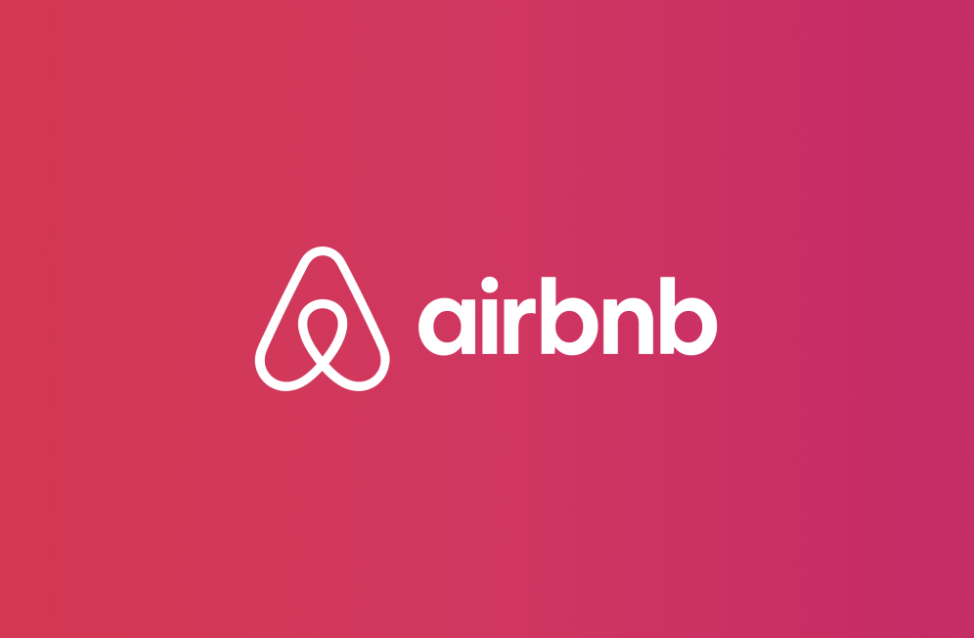//
Sep 18, 2023
CRO and UX: Convert Traffic Faster with Delightful Experiences
As online competition intensifies, businesses are constantly searching for innovative strategies to boost their online presence, engage users, and, most importantly, convert traffic into loyal customers.
As an , we’re always trying to get results from our clients’ campaigns in the best ways possible. Whether that be traffic, leads, or something else, it all counts.
Two key players in achieving these goals are Conversion Rate Optimization (CRO) and User Experience (UX) design. In this blog, we'll explore how the powerful synergy between CRO and UX can lead to delightful user experiences and impressive conversion rates.
Introduction to CRO and UX

Before delving into their collaboration, let's break down what CRO and UX are and why they matter.
Conversion Rate Optimization (CRO) is the systematic process of enhancing your website or landing page to encourage users to take desired actions, such as making a purchase, , or downloading an eBook. It's all about fine-tuning your digital assets to maximize the percentage of visitors who convert into customers.
User Experience (UX), on the other hand, revolves around crafting a seamless, enjoyable journey for users while they interact with your website or application. focuses on usability, accessibility, and overall satisfaction to ensure users have a positive experience.
The Synergy Between CRO and UX
At first glance, CRO and UX might seem like separate entities, but in reality, they are intertwined. Both share the same ultimate goal: to provide value to users and enhance their experience. When these two aspects align, magic happens.
Imagine your website as a brick-and-mortar store.
CRO is like a skilled salesperson who persuades visitors to make a purchase, while UX is the inviting and comfortable atmosphere that keeps customers coming back. When you merge these forces, you create an online destination that not only converts but also leaves users delighted.
Understanding the User Journey
To truly appreciate the partnership between CRO and UX, we need to understand the user journey. A typical user journey involves several stages, from initial awareness to eventual conversion. These stages may include:
1. Awareness: The user becomes aware of your brand or product.
2. Interest: The user explores your website and content.
3. Consideration: The user evaluates your offerings.
4. Action: The user takes a desired action, such as making a purchase.
5. Retention: The user continues to engage with your brand.
Now, let's see how CRO and UX work together to enhance each stage of this journey.
Key Elements of CRO

CRO employs a range of strategies and tactics to increase the likelihood of users taking specific actions. Here are some key elements:
1. A/B Testing: involves creating two versions of a webpage with slight variations and measuring which one performs better. This helps identify what resonates with your audience and drives conversions.
2. Conversion Funnels: Conversion funnels are visual representations of the user journey. By analyzing these funnels, you can pinpoint where users drop off and make adjustments to improve the flow.
3. Data Analysis: CRO relies heavily on data. You'll analyze user behavior, click-through rates, bounce rates, and other metrics to gain insights into what works and what doesn't.
Key Elements of UX
UX . Here are some key elements:
1. Usability Testing: Usability testing involves real users navigating your website while providing feedback. This helps identify pain points and areas for improvement.
2. User-Centered Design: UX designers prioritize the needs and preferences of users. They craft intuitive interfaces and information architectures to enhance the overall experience.
3. Accessibility: Ensuring that your , including those with disabilities, is a core UX principle. Accessibility not only improves user satisfaction but also widens your audience.
CRO and UX Synergy Examples
To illustrate the power of combining CRO and UX, let's explore a couple of real-world examples:
Example 1: Airbnb

Airbnb is known for its user-friendly platform. They've seamlessly integrated CRO by offering personalized recommendations and incentives to book accommodations.
Their UX design focuses on clear, intuitive navigation, beautiful visuals, and detailed property listings. This combination has led to impressive conversion rates and a loyal user base.
Example 2: Dropbox

Dropbox leverages CRO through persuasive copy and calls to action. Their UX design is characterized by a straightforward and user-friendly interface.
Users can quickly understand how to use the service and why they should sign up. This synergy results in higher sign-up rates and user satisfaction.
By examining these examples, we can see how CRO and UX can transform a website into a conversion powerhouse.
Tools and Techniques
Now that you understand the basics, you're probably wondering how to implement CRO and UX strategies effectively. Here are some tools and techniques to get you started:
CRO Tools and Techniques:
- : A free tool for A/B testing and personalization.
- : Provides heatmaps, session recordings, and surveys to understand user behavior.
- : A powerful tool for tracking user journeys and analyzing data.
UX Tools and Techniques:
- : Allows you to get feedback from real users on your website or app.
- : A popular design tool for creating user interfaces.
- : A collaborative, cloud-based design platform that empowers teams to create, prototype, and iterate on digital designs seamlessly.
Challenges and Common Pitfalls
As with any digital marketing strategy, there are challenges and pitfalls to watch out for when integrating CRO and UX:
1. Lack of Alignment: Failing to align CRO and UX efforts can lead to conflicting strategies and a disjointed user experience.
2. Ignoring Mobile Users: With a growing number of users accessing websites on mobile devices, neglecting mobile optimization can hinder your success.
3. Over-Optimization: Excessive A/B testing and optimization can lead to diminishing returns and a cluttered user experience.
Measuring Success

To measure the success of your CRO and UX efforts, you'll need to define (KPIs) and leverage analytics tools:
CRO KPIs:
- Engagement Rate
- Conversion Rate
- Click-Through Rate (CTR)
- Return on Ad Spend (ROAS)
UX KPIs:
- User Satisfaction (e.g., Net Promoter Score)
- Task Success Rate
- Usability Score
- Accessibility Compliance
By regularly monitoring these metrics, you can gauge the impact of your strategies and make data-driven improvements.
User Action is Deeply Intertwined with Design
In the world of digital marketing, achieving impressive conversion rates and creating delightful user experiences go hand in hand. The synergy between Conversion Rate Optimization (CRO) and User Experience (UX) design is the secret sauce that can turn your website into a conversion powerhouse.
Remember, CRO and UX are not isolated concepts; they are partners in enhancing the user journey. By understanding the user's needs and behaviors, implementing the right tools and techniques, and continuously measuring success, you can create a digital ecosystem where users not only convert but also enjoy their journey.
So, start embracing the power of CRO and UX, and watch your online presence thrive.
today to set up a discovery workshop.







